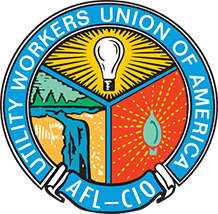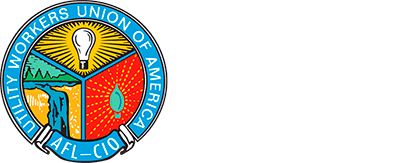Labor Day Origins Remind Us of the Neverending Battle for Justice
Back in the late 1800’s, when the Unites States was experiencing huge economic growth through the industrial revolution, there was also another revolution going on. It was a revolution by the workers who made industrialists at that time incredibly rich. The wealth of people like John D. Rockefeller, Cornelius Vanderbilt, Henry Ford, and Andrew Carnegie would by today’s standards be measured in the hundreds of billions of dollars — far more than tech giants like Elon Musk, Bill Gates, Mark Zuckerberg, and even Jeff Bezos, the wealthiest individual in the world today.
Industrialists’ greed
While those industrialists were becoming rich beyond belief, many of the workers whose labor they profited from, worked a mandatory 12-hour day, seven days a week. “If You Don’t Come in Sunday, Don’t Come in Monday” was the phrase of the day from the bosses.
Prior to it becoming a national holiday, the first unofficial Labor Day parade took place on September 5th, 1882 in New York City with thousands of workers marching from City Hall to Union Square. However, the organizers, New York’s Central Labor Union (today’s Central Labor Council chartered by the AFL in 1920) had a big problem: The first Monday in September was not recognized as a day off work. The issue was solved temporarily by declaring a one day strike in the city. All striking workers were expected to march in a parade and then eat and drink at a giant cookout afterwards. It was later celebrated in other cities and towns before it was signed into law as a national holiday 12 years later on June 28, 1894 by President Grover Cleveland.
 While today, the parade is seen mostly as a celebration of the contributions working people have made to this great country. Back then, it was also used as a means of drawing attention to the plight of workers. Along with brutally long work hours and low wages, unsafe working conditions resulted in many workplace fatalities. Between 1881 and 1900, 35,000 workers per year lost their lives in accidents at work, while more than 100,000 workers went on strike each year. In fact, in 1892, two years before Labor Day became a federal holiday, 1,298 strikes involving some 164,000 workers took place throughout the country.
While today, the parade is seen mostly as a celebration of the contributions working people have made to this great country. Back then, it was also used as a means of drawing attention to the plight of workers. Along with brutally long work hours and low wages, unsafe working conditions resulted in many workplace fatalities. Between 1881 and 1900, 35,000 workers per year lost their lives in accidents at work, while more than 100,000 workers went on strike each year. In fact, in 1892, two years before Labor Day became a federal holiday, 1,298 strikes involving some 164,000 workers took place throughout the country.
Workers force bosses to bargain
Naturally, those labor wars continued into the 20th century. But for all those years until 1935, workers did not have the legal right to form unions. The recognition of unions by employers and the eventual collective bargaining agreement were all brought about by brutal strikes. The labor wars got to such a point that Congress passed, and President Franklin Roosevelt signed, The National Labor Relations Act in 1935. The Act forced employers to recognize labor unions and to bargain in good faith with them. Prior to that, it was solely the workers themselves who forced the boss to the bargaining table.
The Social Security Act was also made law back in 1935. Imagine trying to pass such legislation today? Millions of Americans rely on Social Security in retirement. Especially the millions of people who don’t have union negotiated retirement benefits.
Every gain that workers have made in this country is the direct result of working men and woman fighting hard for it. So every time Labor Day rolls around, as we stand proud and celebrate our daily contributions to this country through our labor, let us not forget the struggles and great sacrifices of the trade unionists who came before us, and remain ever vigilant in preserving and improving on those gains.

